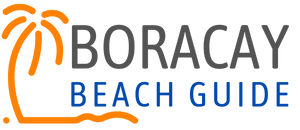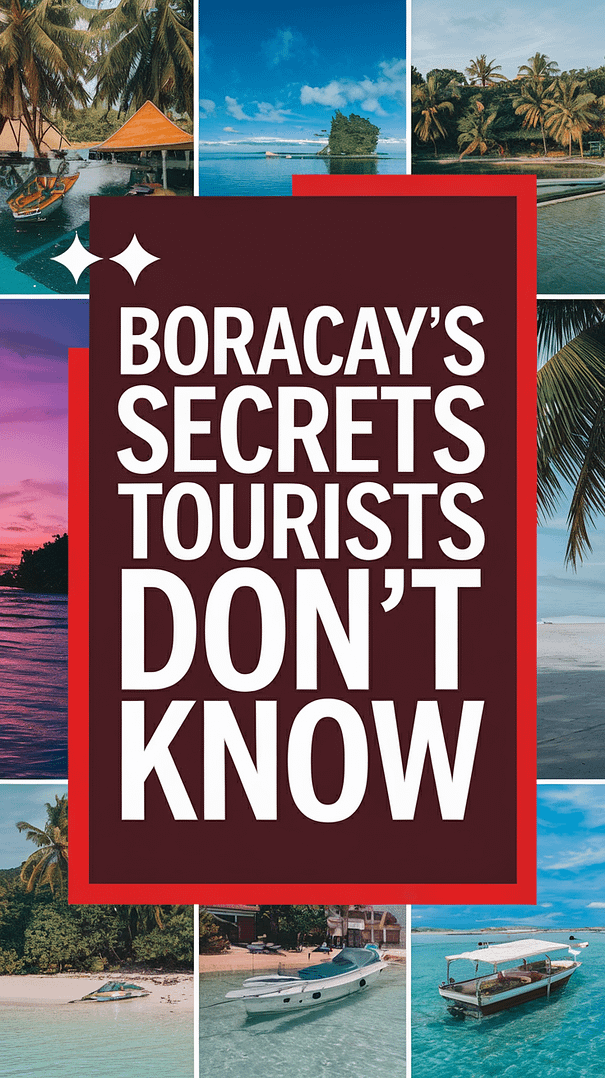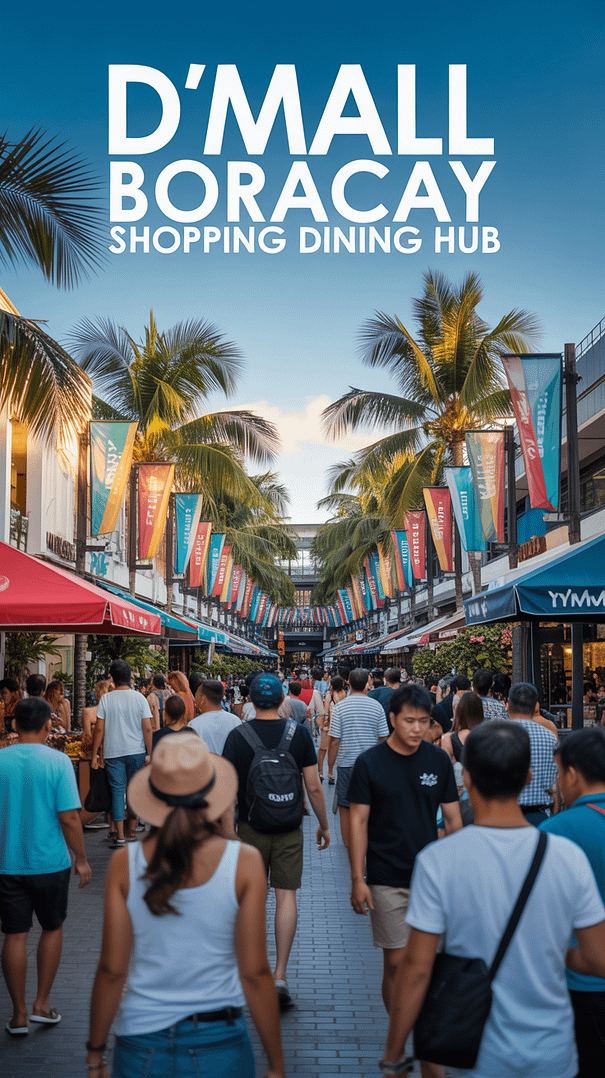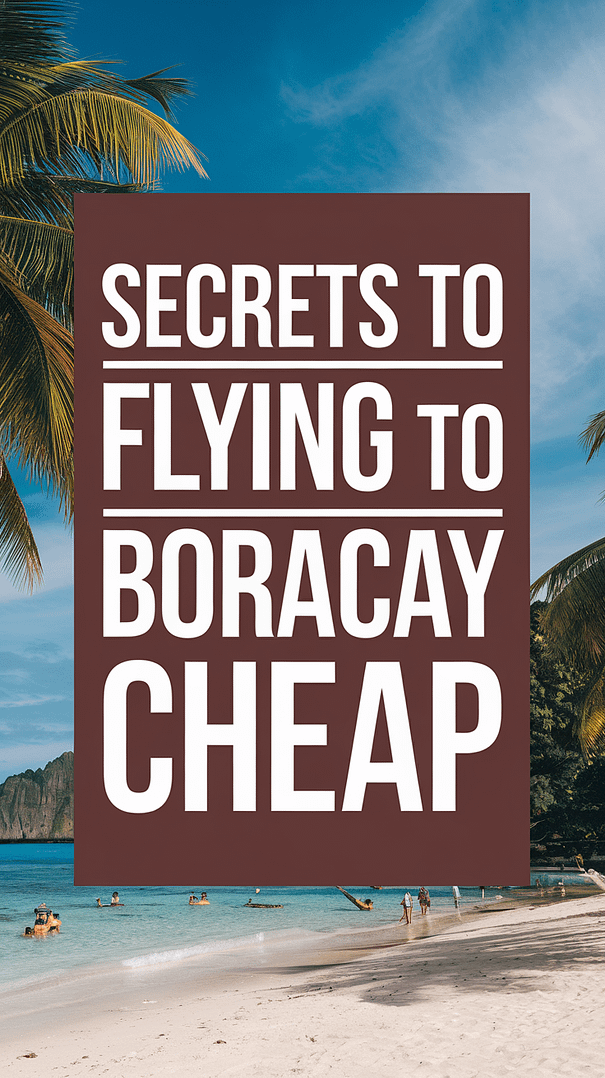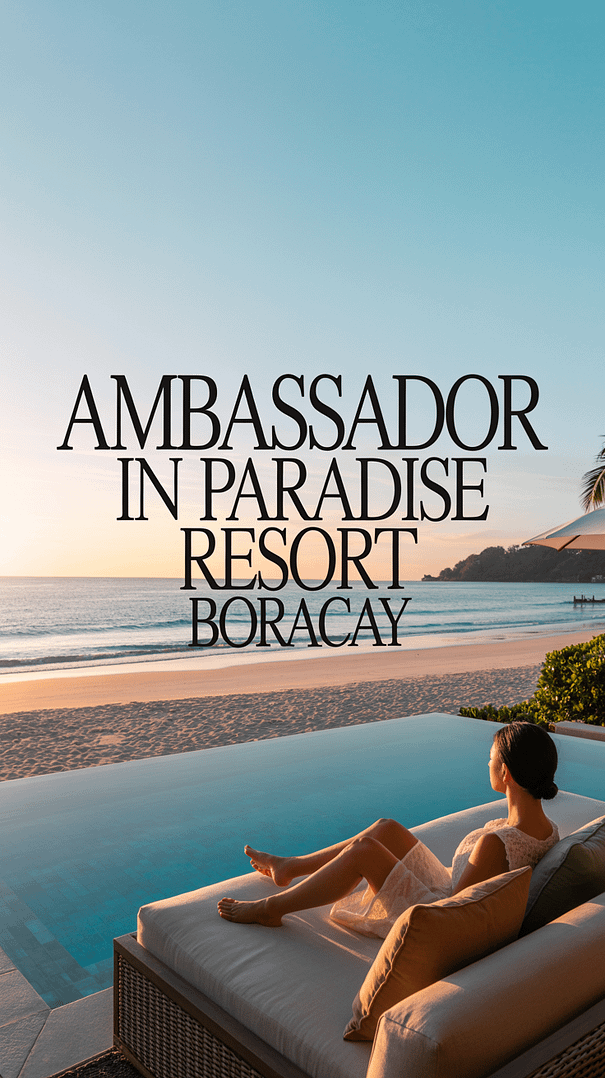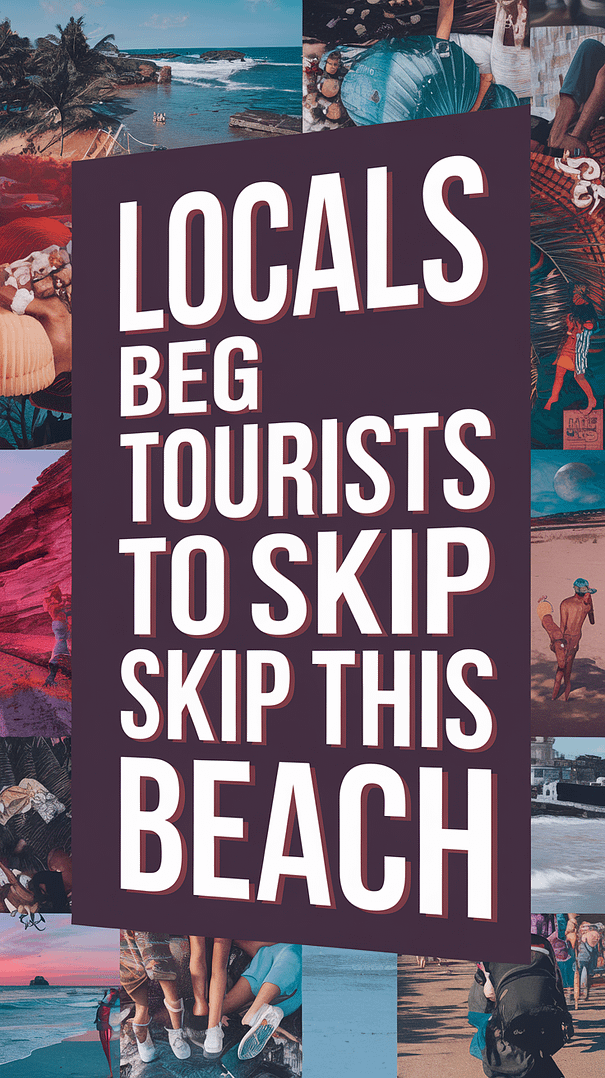The magic of Boracay isn’t just in its powdery white sand that squeaks like fresh snow under your feet – it’s in the unique combination of natural beauty and business savvy that’s creating a perfect storm for both wanderlust and wealth-building. After watching this island transform from a backpacker’s secret to a global destination, I can tell you exactly why everyone from Instagram influencers to Fortune 500 companies can’t seem to stay away.
The Tourist Magnet: More Than Just Another Beach
Sure, White Beach gets all the glory with its 4-kilometer stretch of sugar-fine sand, but here’s what the guidebooks won’t tell you: the real magic happens at Bulabog Beach on the opposite side. While tourists flock to White Beach for sunset cocktails and parasailing, windsurfers and kitesurfers have turned Bulabog into Southeast Asia’s wind sports capital. The Amihan season brings consistent 15-25 knot winds that make even beginners feel like pros.
Hidden Gems Only Locals Know
- Crocodile Island’s secret snorkeling spots: Skip the crowded boat tours and wade out during low tide – the fish are actually more abundant in the shallow areas tourists ignore
- Tambisaan Beach fish market: Hit this spot at 6 AM when fishing boats return with fresh catch that’s half the price of resort restaurants
- Mt. Luho’s sunrise viewpoint: Everyone talks about the sunset, but sunrise from the island’s highest point is spectacular and tourist-free
- Station X: The locals’ favorite hangout spot between Stations 2 and 3, where drinks cost 60% less and the vibe is authentically Filipino
What Makes Boracay Irresistible to Visitors
| Attraction Type | Tourist Appeal | Insider Tip |
|---|---|---|
| Beach Activities | Instagram-worthy sunsets, water sports | Book island hopping at Tambisaan Beach for 40% savings |
| Nightlife | Beach bars, fire dancing shows | Tuesday nights at Exit Bar for local prices |
| Food Scene | Fresh seafood, international cuisine | D’Talipapa market + have nearby restaurants cook your purchase |
| Accommodation | Beachfront resorts to budget hostels | Book Station 3 for better value, same beach access |
The Investment Gold Rush: Why Money Follows the Sand
Here’s where things get interesting from a business perspective. After the island’s rehabilitation period, property values didn’t just recover – they skyrocketed. I’ve watched beachfront lots that local fishermen once used for drying nets become million-dollar real estate opportunities. But it’s not just about location anymore; it’s about the island’s resilience and the government’s commitment to sustainable tourism.
Investment Opportunities That Smart Money is Chasing
- Eco-friendly resorts: Post-rehabilitation environmental standards created a premium market for sustainable accommodations
- Tech-enabled services: From food delivery apps to digital payment systems, the service gap is enormous
- Renewable energy projects: The island’s push toward sustainability opened doors for solar and wind power investments
- Specialty food and beverage: Local craft breweries and farm-to-table restaurants are seeing 300% ROI
- Experience-based businesses: Photography services, wellness retreats, and skills workshops targeting the growing “mindful traveler” segment
Why Investors Can’t Ignore Boracay’s Potential
The numbers tell a compelling story. Tourism arrivals bounce back faster here than anywhere else in the Philippines, and visitors spend an average of 40% more per day compared to other beach destinations. The island’s compact size means lower infrastructure costs, while its international reputation ensures consistent demand.
Foreign investors particularly love the island’s “reset” story – the rehabilitation proved that sustainable tourism isn’t just possible, it’s profitable. Environmental compliance that once seemed like a burden now serves as a competitive advantage, attracting higher-spending eco-conscious travelers who stay longer and return more frequently.
The Challenges: Paradise Isn’t Perfect
Living here means dealing with realities that vacation photos don’t capture. The island’s carrying capacity remains a constant balancing act – too many visitors and the infrastructure groans, too few and businesses struggle. Seasonal fluctuations can be brutal; what looks like a goldmine during peak season becomes a ghost town during typhoon months.
Real Talk: The Not-So-Glamorous Side
- Water and power issues: Brownouts still happen, and water pressure drops during peak occupancy
- Waste management: Despite improvements, proper waste disposal remains challenging
- Weather dependency: Habagat season can shut down water activities for weeks
- Regulatory changes: New environmental rules can impact business operations overnight
- Competition saturation: The restaurant and accommodation sectors are becoming oversaturated
Smart Strategies for Both Tourists and Investors
For tourists, timing is everything. Visit during shoulder season (late April to early June) for 50% savings and smaller crowds. Book accommodations in Station 3 or Bulabog area – you’ll get better value and can still walk to all the action in 10 minutes.
Investors should focus on underserved niches. The island desperately needs quality mid-range options, sustainable tour operators, and services targeting the growing digital nomad community. The sweet spot is businesses that serve both tourists and the 50,000+ locals and workers who call this island home.
Common Questions
Is Boracay still overcrowded after the rehabilitation?
The carrying capacity limits actually improved the experience. Peak season can still feel busy, but it’s more manageable than before. The key is knowing when and where to go – early mornings and late afternoons offer the most space, even during busy periods.
What’s the minimum investment needed to start a business in Boracay?
Service-based businesses can start with as little as $5,000-10,000, while food establishments typically need $20,000-50,000. Property investments require significantly more, but the barrier to entry for creative entrepreneurs is surprisingly low.
How do locals really feel about tourism development?
It’s complicated. Most locals appreciate the economic opportunities, but there’s genuine concern about preserving island culture and ensuring benefits reach beyond just business owners. The most successful ventures actively involve local communities as partners, not just employees.
Which parts of Boracay offer the best investment potential?
Bulabog Beach area is undervalued compared to White Beach, while Station 3 offers the best balance of accessibility and affordability. The Tambisaan side has potential for authentic, community-based tourism experiences that align with current sustainability trends.
The Future is Written in Sand and Ambition
Boracay represents something rare in today’s world – a destination that learned from its mistakes and emerged stronger. The island’s ability to reinvent itself while maintaining its essential character creates opportunities that didn’t exist before the rehabilitation. For tourists, this means a more authentic, sustainable paradise experience. For investors, it represents a market that values quality over quantity and long-term thinking over quick profits.
The island’s greatest asset isn’t its famous white sand or crystal-clear waters – it’s the collective determination of everyone who calls this place home to prove that paradise and prosperity can coexist. Whether you come here seeking adventure or opportunity, Boracay has a way of exceeding expectations while teaching valuable lessons about resilience, community, and the true meaning of sustainable success.
